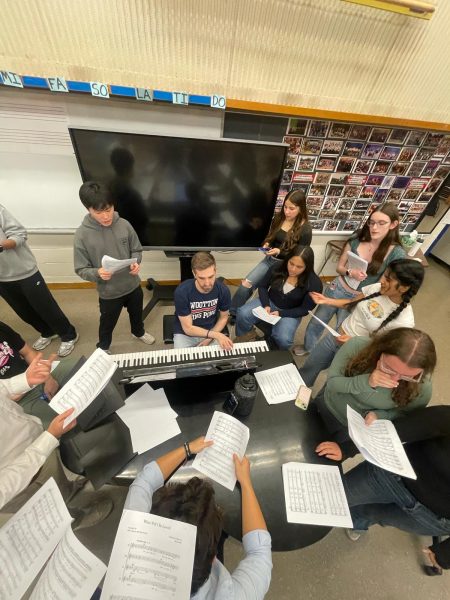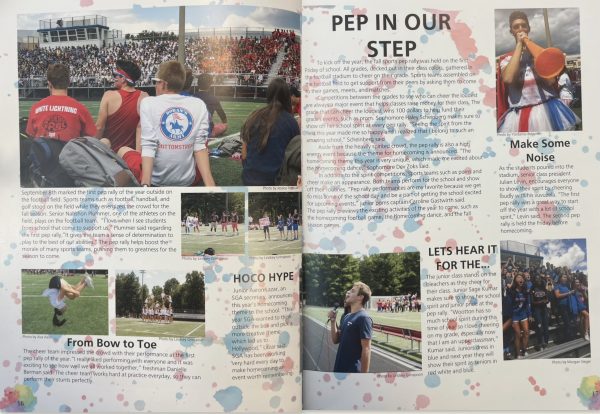Textbook readings are double-edged tools
Textbook readings, often assigned to AP classes, can be a tedious task for students. They are often thought about as redundant because teachers cover the materials themselves. They can also be a powerful tool for learning though, provided that they are both utilized and assigned correctly. The manner in which textbooks are integrated into classroom instruction can affect students’ understanding drastically.
Textbook readings are designed to assist students in working their way through a class and its content. However, with the way they are currently being implemented, they can have the opposite effect. Our school should change how we assign textbook readings to classes to be more specific in purpose.
Such an abrupt and unprecedented change to current practice is, admittedly, a lot to ask of individual teachers. It would require teachers to shift lesson plans, the pacing of the class and in some cases even the content of their lesson plans.
However, the benefits of more connection between classroom instruction and textbook readings will help students better understand the ideas, motifs and concepts underlying the answers and knowledge being tested. Instead of simply assigning pages to read, assignments should be far more focused, with a specific intent in mind.
One way to do this is to break it down into main ideas. For example, rather than just asking students to read about an event, an assignment could ask students to read that section with the intent of understanding the causes, effects and intricacies of that event. Doing this allows students to read with a purpose for their reading, turning the tedium of reading for a summary into a teaching point on analysis of the reading.
Courses with text readings should also include classroom coverage; but not in the way of a teacher teaching slides or notes. Instead, students should be able to lead a short discussion and comparison of their reading. By allowing students to share as a class what they each took from the reading, everyone gets the benefit of hearing the insight others gained from a different perspective. This also allows the teacher to check for understanding, without having to see it on a test score, or from grueling and messy, handwritten notes from every student.
By adapting how we read and take notes on assigned texts, both students and teachers stand to benefit from the changes. Teachers will be able to better evaluate where the class is, and students will be able to better understand the content without the teacher having to explicitly cover every part of it. This practice would be better suited to exploring the depth of the content, as opposed to just preparing for a test or exam.
Your donation will support the student journalists of Thomas S. Wootton High School. Your contribution will allow us to purchase equipment and cover our annual website hosting costs.
Benjamin is a 2023 graduate.







